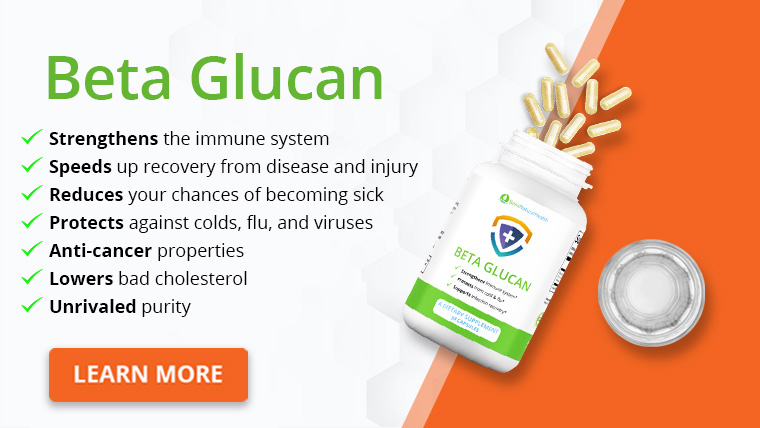- Signs and symptoms of dry socket
- How common is dry socket after wisdom teeth removal?
- What causes dry socket?
- Risk factors of dry socket
- Are there any complications of dry socket?
- How long does dry socket last?
- Will a dry socket go away on its own?
- When to see a doctor
- How dry socket is diagnosed
- Treatment for dry socket
- How to prevent dry socket
- Conclusion
- Source
Dry socket is a colloquial term for alveolar osteitis. It is a painful condition that happens after the extraction or surgical removal of a tooth, with a higher incidence rate among simple and surgical wisdom tooth extraction in the lower jaw.
Dry socket usually results in repeated clinic visits. This translates to a longer recovery period and more expensive medical bills.
Research studies revealed that about 45% of patients who develop dry socket after tooth extraction requires multiple follow-ups to treat this condition.
Signs and symptoms of dry socket
Dry socket has distinct signs and symptoms which can be easily differentiated from other medical conditions.
It is characterized by the following features:
- Absence of blood clot within the extracted tooth socket (the socket looks “empty”)
- Sharp pain inside and around the tooth extraction site
- The onset of pain starts on the first to third day after the tooth extraction procedure
- The severity of pain escalates to the extent that even the strongest painkiller fails to suppress the pain
- Pain radiates from the socket to the same-sided ear, eye, temple, or neck
- Bad breath in your mouth
- Foul taste in your mouth
- Greyish discharge from the socket
- Swelling of the affected gum and cheek
- Low-grade fever
- Swelling of lymph nodes on the same side of the socket
How common is dry socket after wisdom teeth removal?
Dry socket is reported as the most common postoperative complication following surgical and non-surgical tooth extraction.
The reported incidence of dry socket varies widely in the literature. But a recent Cochrane review estimated that around 0.5 to 7% of people would suffer from dry socket after routine tooth extraction.
Meanwhile, the percentage is as high as 37.5% for wisdom tooth removal. Some other studies gave an even higher estimation – 68% risk of dry socket among people undergoing wisdom tooth extraction.

What causes dry socket?
The exact disease development of dry socket is not well understood. Currently, it is postulated to be linked to the disintegration of blood clots (either partial or total) that seal the wound at the bottom of the tooth socket after the tooth is extracted.
When we have wounds, our body initiates a blood-clotting mechanism to stop the bleeding. One important substance that forms the scab is fibrin.
During the blood coagulation process, a large amount of fibrin is deposited at the wound site, whereby they stick together and form a mesh to block the blood flow.
In addition, this physical barrier formed by fibrin also prevents bacteria from entering the wound and causing infection.
Fibrinolysis is a process in which the fibrin mesh is broken down by a plasmin protein. In dry socket, there is an increased production of plasmin.
As a result, the rate of fibrinolysis increases. More fibrin mesh is dissolved, and blood clots fail to form.
The exact factors that cause increased plasmin are still unclear. Most people believe that it is associated with trauma to the tooth extraction site and bacteria infection.
Risk factors of dry socket
You may have a higher risk for dry socket if you:
- Have surgical tooth extractions, especially the third molar (wisdom tooth) extraction, compared to non‐surgical tooth extractions
- Have difficult or prolonged tooth extraction
- Take or have recently taken birth control pills
- Have poor oral hygiene or do not take care of the wound in your mouth after having a tooth extraction
- Are a smoker
- Have your tooth extracted by an inexperience operator
- Have pre-existing gum infection or history of dry socket in the past
- Are female
- Drink from a straw, rinse, and spit a lot within 24 hours after the tooth extraction
- Rinse and spit a lot within 24 hours after the tooth extraction
Are there any complications of dry socket?
There is no scientific evidence showing dry socket can lead to additional complications. Once dry socket resolves, the tooth socket heals just like other patients who do not have dry socket.
However, treatments for dry socket may cause complications. For example, chlorhexidine mouthwash usage can trigger hypersensitivity reactions, while the placement of medicated dressing in the socket may delay wound healing and cause inflammation.
How long does dry socket last?
With proper treatment, dry socket usually resolves within days, followed by healing of the extracted tooth’s socket.
However, if the wound is complicated by unfavorable conditions like infection and bone or nerve injury, you may need a longer duration for recovery.
Will a dry socket go away on its own?
Yes, eventually. Dry socket is a self-limiting disease, meaning it will go away even without treatment.
However, people might not be able to withstand the excruciating pain and other symptoms caused by dry socket, hence the necessity to seek treatment.
Proper treatment also speeds up and minimizes the suffering in your recovery from dry socket.
When to see a doctor
Tooth extraction is usually done in an outpatient setting. Thus, you will have to take note of your condition at home after the procedure.
Call or re-visit your dentist if you have the following symptoms:
- Worsening pain or pain that does not relieve by painkillers, especially when the pain persists for more than 1 day after your tooth extraction
- Smelly breath or foul taste in your mouth
- Profuse bleeding or bleeding that does not stop within 4 hours after your tooth extraction
- Greyish or greenish discharge from the tooth extraction site
- Nausea or vomiting
- Fever
- Gum or cheek swelling that gets worse, especially after 2 days or longer after your tooth extraction
How dry socket is diagnosed
Dry socket is a clinical diagnosis. This means your dentist can diagnose the condition solely based on your medical history, clinical presentations, and physical examinations. Laboratory investigations and radiological scans are not required to reach a diagnosis.
The absence of a blood clot and moderate to severe pain is the most distinctive feature indicating a diagnosis of dry socket.
On observation, the extracted tooth’s socket will be empty, exposing the bone beneath the socket. Sometimes, greyish debris or discharge can be seen.
Your doctor may gently press and feel for lumps in the area near your jaw, ear, and neck. This is to look for swollen lymph nodes that suggest an inflammation caused by dry socket.
Sometimes, your doctor may order blood tests and X-rays to rule out other possible diagnoses.
But it is an uncommon practice since those tests do not add much value in forming a diagnosis or aiding dry socket management.

Treatment for dry socket
Treatments for dry socket target symptoms rather than any particular disease process. Your dentist may:
- Rinse the extraction socket to remove dead tissue and clot debris.
- Apply painkiller gels on the extraction socket shortly after irrigation.
- Place a medicated dressing into the extraction socket. Some common medication options are zinc oxide eugenol, Alvogyl, and GECB pastille. These compounds exert analgesic or antibacterial effects. You should change the dressings daily until the pain disappears.
- Prescribe oral painkillers, usually a nonsteroidal anti-inflammatory drug (NSAID) like aspirin or ibuprofen.
- Prescribe antibiotics to prevent potential infections or to treat an ongoing infection
- Prescribe chlorhexidine mouthwashes for antibacterial purposes
- Ask you to stop smoking, as tobacco can delay healing.
Above are the standard treatments for dry socket supported by major guidelines. There are also a few newer treatment options that show promising results in research studies, like platelet-rich fibrin (PRF) placement into the socket and low-level laser therapy (LLLT).
How to prevent dry socket
The mainstay of dry socket prevention is to reduce dead tissues (debris) and bacteria load in the mouth. Your dentists may recommend you take the following actions:
- Keep good oral hygiene. You can achieve this by brushing your teeth at least twice daily, flossing your mouth daily, and many more.
- Rinse your mouth with chlorhexidine before and after tooth extraction. A systematic review found rinsing with chlorhexidine mouth rinses before and after tooth extraction lowers the risk of dry socket by 62%. Meanwhile, placing chlorhexidine gel into the socket reduces the risk by 58%.
- Avoid smoking and tobacco products.
Conclusion
Dry socket is a medical condition with a good prognosis, but its symptoms can be debilitating.
Inform your dentist if you suspect you are developing a dry socket after tooth extraction. Your dentist can provide proper care to relieve your discomfort and speed up your recovery.
Explore More







